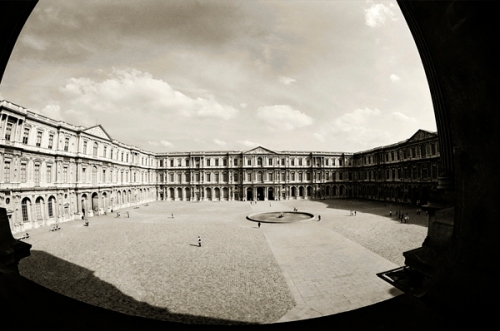Three countries. Three incredible hikes. When I travel locally or internationally, hiking is an important way I connect with a place. I’m drawn to the ocean and sea, so it’s by no surprise that three of my favorite hikes take place near water- the Zingaro Nature Reserve or Riserva naturale dello Zingaro near San Vito lo Capo, Sicily (Italy); the Costa Verde near Llanes, Spain; and Fort Cronkhite, Marin County, California, U.S.
Undiscovered? No, but these hikes and locations are less discovered. And all three offer free public access.
Zingaro Nature Reserve (Riserva naturale dello Zingaro) San Vito lo Capo, Sicily

Near the small, picturesque, jewel of a town, San Vito lo Capo, and its beach, in northwestern Sicily, is the Riserva naturale dello Zingaro.
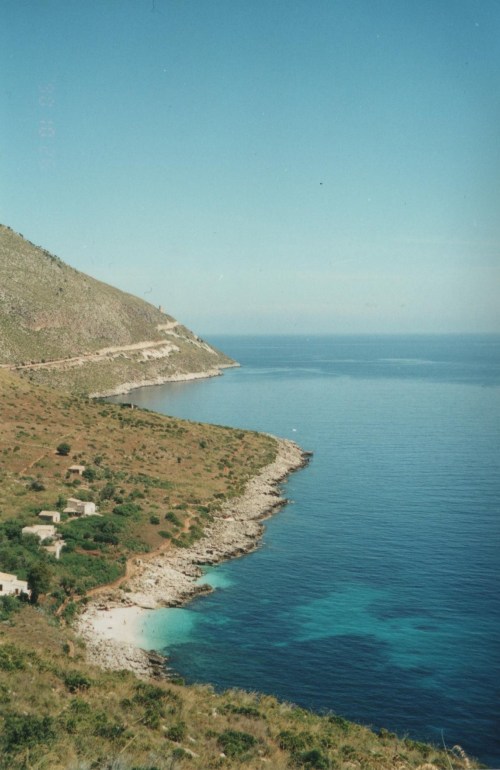
Paths stretch along seven kilometers of unspoiled coast and bays overlooking blue-green sparkling water.

Along the hike, claim your rock and spend the day in and out of the clean, clear sea.
The Zingaro also features an archeological past with a pretty spectacular-to-witness Uzzo Grotto or shelter cave, one of the first prehistoric human settlements in Sicily.
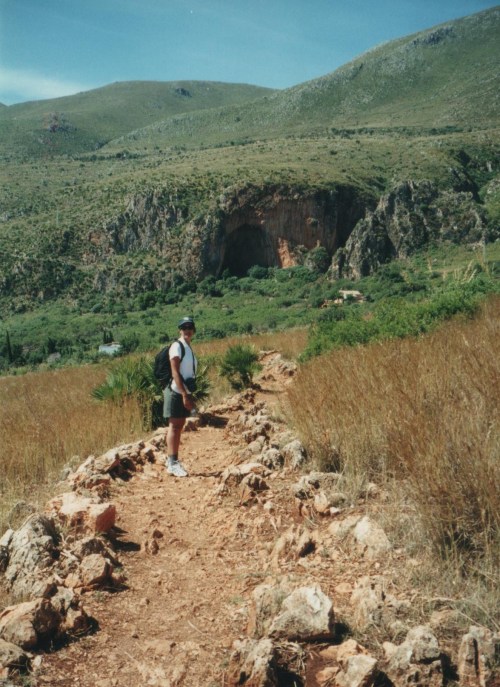
the Grotto
The Zingaro is top on my list of unforgettable experiences of beauty, hiking, sunbathing and swimming in the pristine waters of Northwestern Sicily, an area still undiscovered by many North Americans.
Costa Verde, Llanes, Spain

Just outside the colorful, super-Spanish, full-of-fiesta town of Llanes there is a hike that feels half Northern California for its seacliff paths, and half Swiss for its nearby lush green mountains. I’ve been here twice.

At one part of the hike, my friends and I had to make our way through ferns taller than we were.

Llanes lies to the north of the Picos de Europa mountain range.

And, since this is Asturias, Spain, what better place to “throw the cider” (the bottle must be held above the head allowing for a long vertical pour) and enjoy an Asturian sidra after a long hike.

Ft. Cronkhite, Golden Gate National Parks, Marin County, California
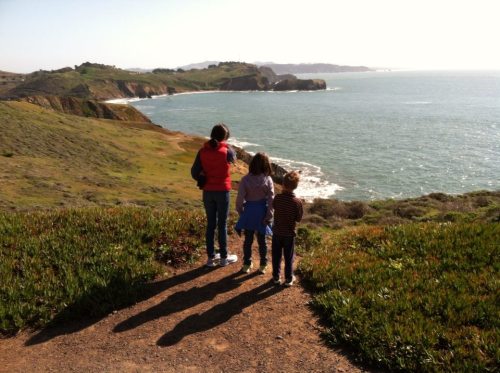

I can hardly understand how I lived in San Francisco for almost 10 years and never came across the hiking paths at nearby Fort Cronkhite by Rodeo Beach in the Marin Headlands. Once a WWII military post and part of the presidio, these coastal hills offer hikers (and their dogs) miles of paths. We hiked up and around the old army gun batteries and lookout. The location is quiet and picture-perfect with unobstructed access to the water and views. A woman (seen just barely below) found the perfect vista to pull up a beach chair and spend the afternoon in solitude.

Have you taken a hike that is unforgettable? Where is your favorite undiscovered or less discovered location to hike?

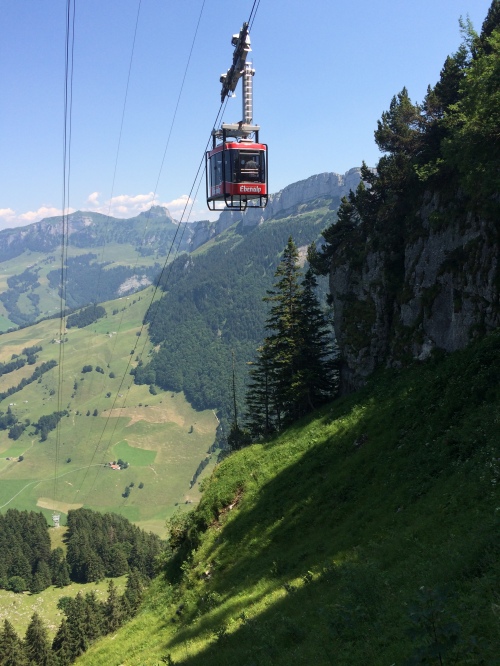
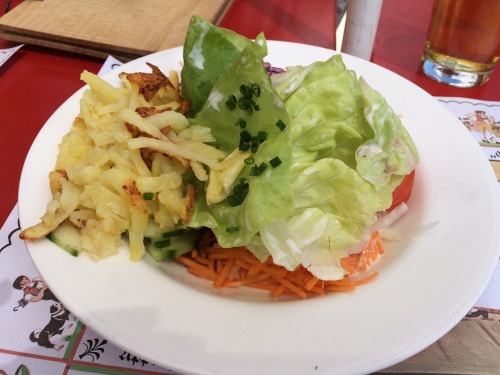
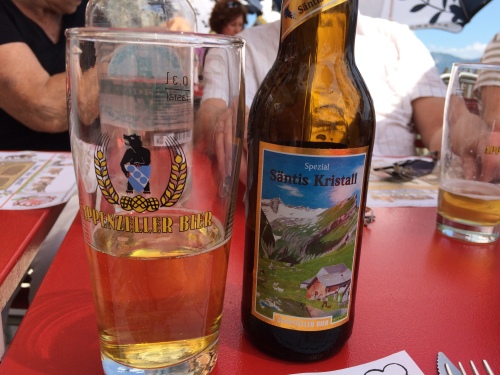
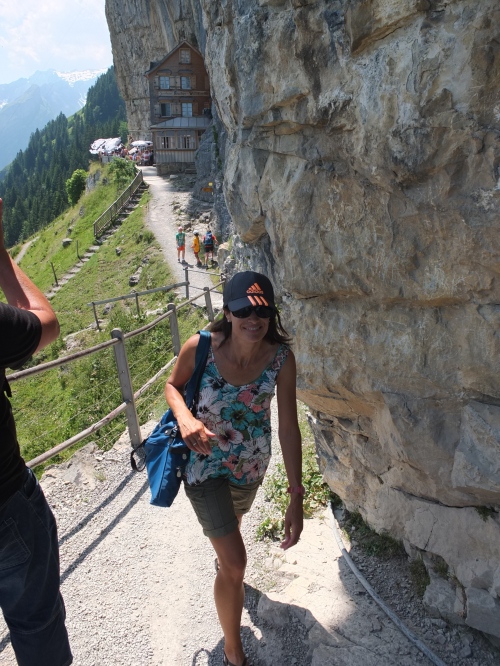
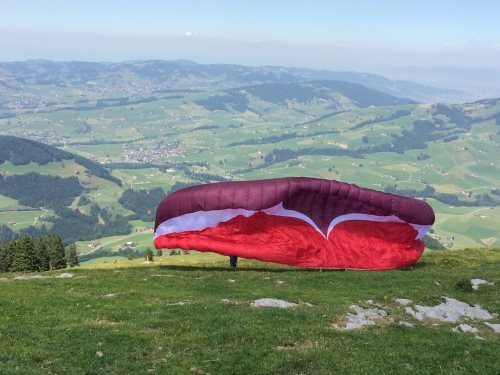
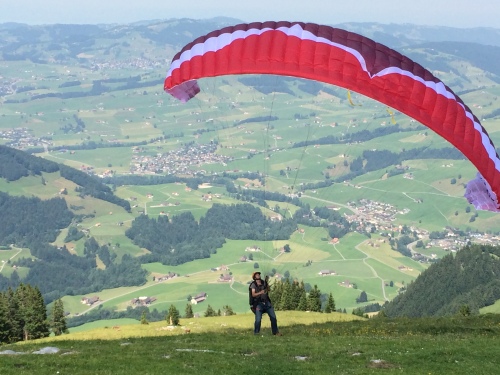
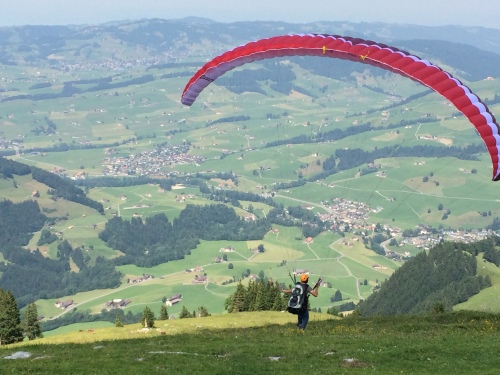
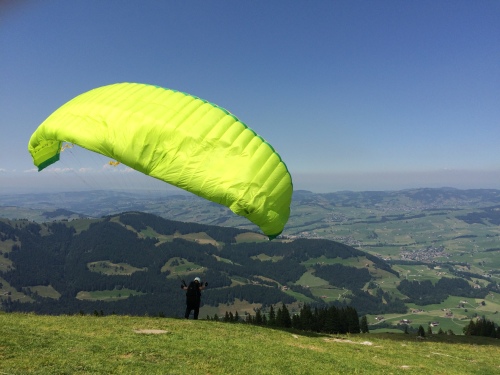


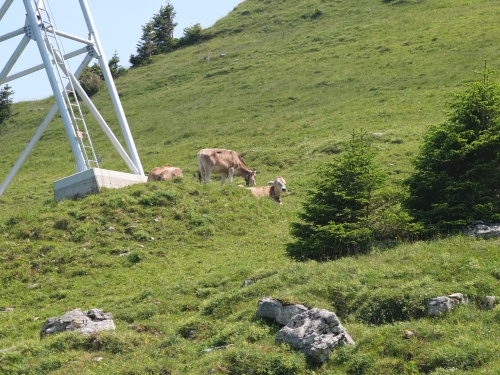
























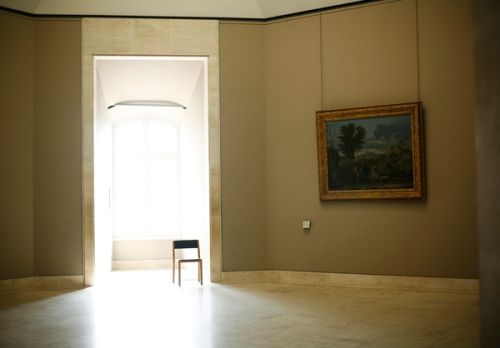
![9019-073-4A[1]](https://bringingtravelhome.wordpress.com/wp-content/uploads/2013/01/9019-073-4a1.jpg?w=500&h=348)

